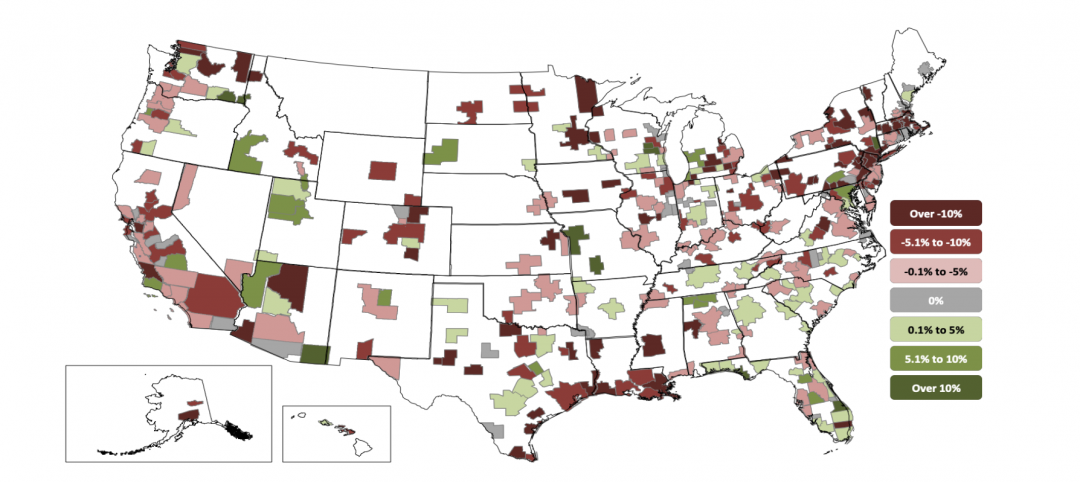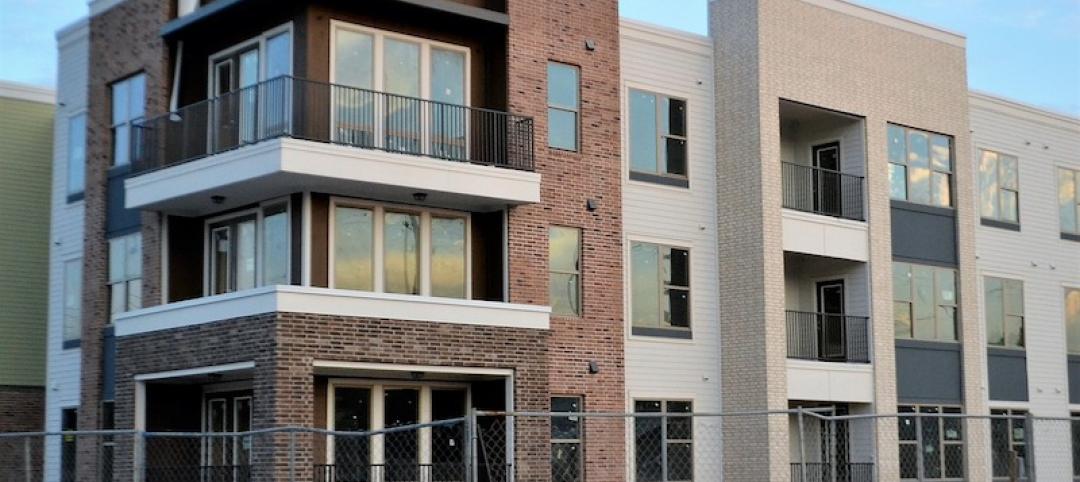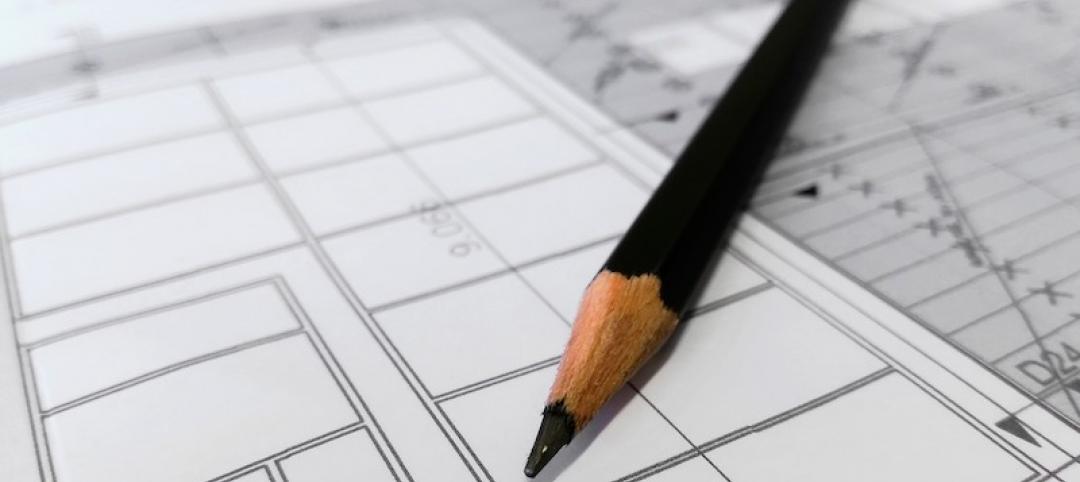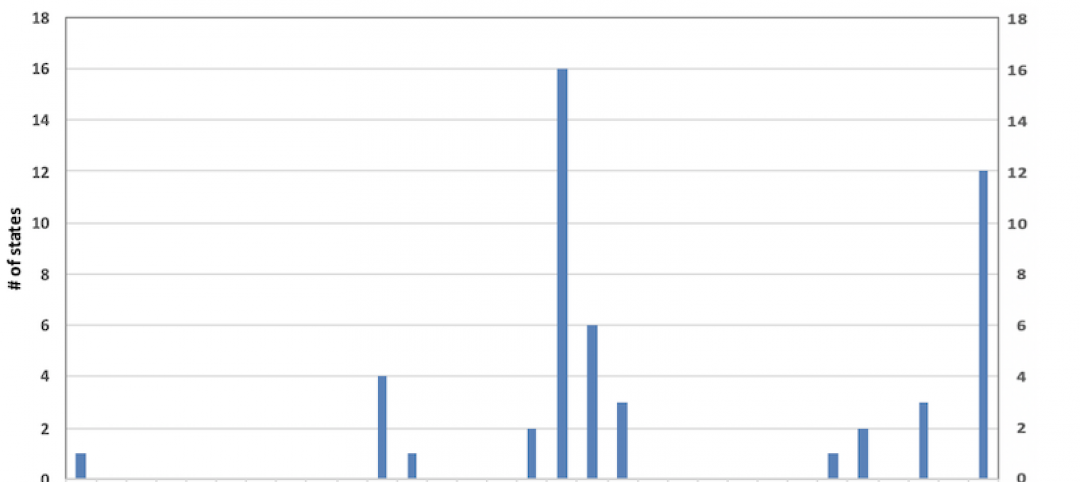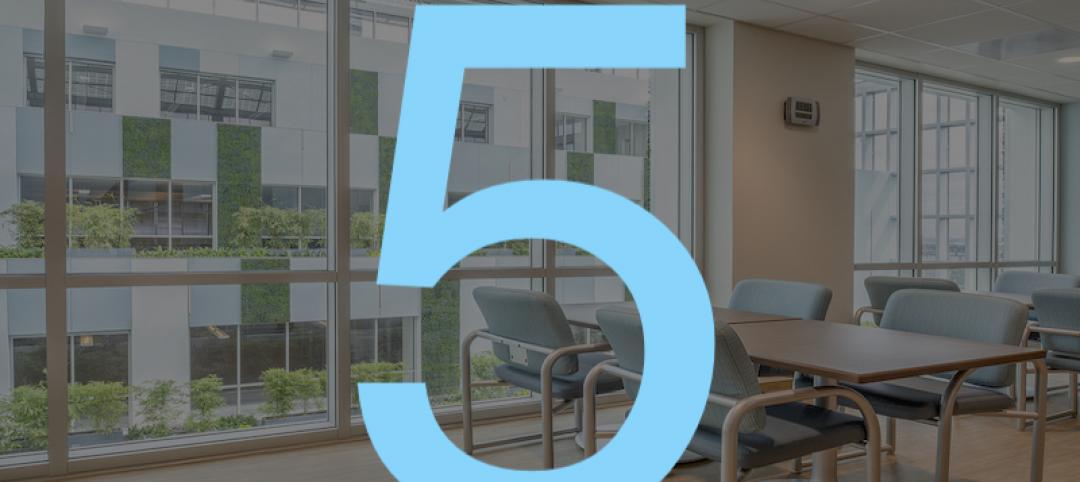Growing materials costs and dwindling talent pools coupled with looming political and economic uncertainty is leaving construction leaders grappling with serious challenges. But where there is greater challenge, comes greater opportunity. According to JLL’s latest report on United States construction activity there is stability ahead with indicators showing a growing backlog of contractor work and seasonal construction spending up 5.7% year-over-year.
But that’s not all. A closer look at the construction industry’s biggest challenges reveals some unexpected opportunities amidst the adversity.
“Many of the biggest industry issues have been consistent over the past year and are nothing new to industry experts,” said Mason Mularoni, Senior Research Analyst, JLL Project and Development Services. “These challenges are leading to a shift in traditional thinking, giving way to more innovation and a greater use of technology. This creates opportunities to generate better project efficiency and save on costs.”
Challenge or opportunity? You decide.
The seemingly interminable labor shortage: Construction unemployment continues to reach historic lows, sitting at 5.3% while hourly wages increase and outpace inflation. This is stretching project budgets and timelines, resulting in a heightened focus on productivity enhancement.
The silver lining? In an industry too often bogged down by contract and paper-passing to get work done efficiently, construction leaders are beginning to rethink the role of technology in day-to-day operations. Unified communications systems save time on paperwork, streamline communications and create better workflows and document sharing between teams. Investing in cloud and mobility solutions helps architects, designers and crew leaders communicate no matter where their works takes them.
Rising costs of materials: Over the last 12 years, materials costs have risen by nearly 30%, with 10% of the change happening in the last five years. With continued construction demand for materials and unknowns surrounding tariffs and international import changes, we can only wait and see when cost increases will slow.
The silver lining? The advent of building information modeling (BIM), artificial intelligence (AI) and modular construction are enabling firms to build more with less material and less waste. BIM technology allows architects and developers to reduce waste in both building and in operations. By knowing exactly how much to plan for, they can save on up-front materials costs. AI is helping firms to optimize materials distribution, while advances in modular construction is also reducing materials waste through recycling, more controlled inventory and enhanced quality control. Such innovations may not come cheap up-front, but they could contribute to cost savings down the line.
Overbuilding anxiety: The U.S. economy has grown steadily, quarter-over-quarter, since the Great Recession—and so has the commercial real estate and development industry. With construction pipelines showing no signs of slowing, many industry leaders are beginning to wonder when the next slowdown might occur.
The silver lining? Planning for different scenarios is an excellent mitigate uncertainty. And the better the analytics at hand, the clearer the outlooks become. Planning tools specific to construction activity are becoming more common, like apps that specifically exist to help project managers track complex data sets like capital planning and change management statistics. By taking long term goals into account, construction firms can begin to make slight changes such as buying materials early for large projects, building a solid pipeline of future work and considering risk carefully when opening a new multi-year development. All of these ideas can help firms move through the upcoming years with confidence and stability.
“Analyzing and tracking challenges like the skilled labor shortage and rising construction costs has allowed us to understand the biggest worries our clients have when it comes to their projects,” said Todd Burns, President, JLL Project and Development Services. “Because of this we are able to offer experience, technology solutions and non-traditional approaches to ease their minds and maximize proficiency.”
Download the latest JLL United States Construction Outlook here.
Related Stories
Market Data | Nov 2, 2020
More contractors report canceled projects than starts, survey finds
Construction employment declined in most metros in latest 12 months.
Multifamily Housing | Oct 30, 2020
The Weekly show: Multifamily security tips, the state of construction industry research, and AGC's market update
BD+C editors speak with experts from AGC, Charles Pankow Foundation, and Silva Consultants on the October 29 episode of "The Weekly." The episode is available for viewing on demand.
Hotel Facilities | Oct 27, 2020
Hotel construction pipeline dips 7% in Q3 2020
Hospitality developers continue to closely monitor the impact the coronavirus will have on travel demand, according to Lodging Econometrics.
Market Data | Oct 22, 2020
Multifamily’s long-term outlook rebounds to pre-covid levels in Q3
Slump was a short one for multifamily market as 3rd quarter proposal activity soars.
Market Data | Oct 21, 2020
Architectural billings slowdown moderated in September
AIA’s ABI score for September was 47.0 compared to 40.0 in August.
Market Data | Oct 21, 2020
Only eight states top February peak construction employment despite gains in 32 states last month
California and Vermont post worst losses since February as Virginia and South Dakota add the most.
Market Data | Oct 20, 2020
AIA releases updated contracts for multi-family residential and prototype residential projects
New resources provide insights into mitigating and managing risk on complex residential design and construction projects.
Market Data | Oct 20, 2020
Construction officials call on Trump and Biden to establish a nationwide vaccine distribution plan to avoid confusion and delays
Officials say nationwide plan should set clear distribution priorities.
Market Data | Oct 19, 2020
5 must reads for the AEC industry today: October 19, 2020
Lower cost metros outperform pricey gateway markets and E-commerce fuels industrial's unstoppable engine.
Market Data | Oct 19, 2020
Lower-cost metros continue to outperform pricey gateway markets, Yardi Matrix reports
But year-over-year multifamily trendline remained negative at -0.3%, unchanged from July.



